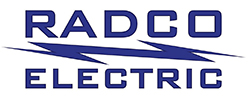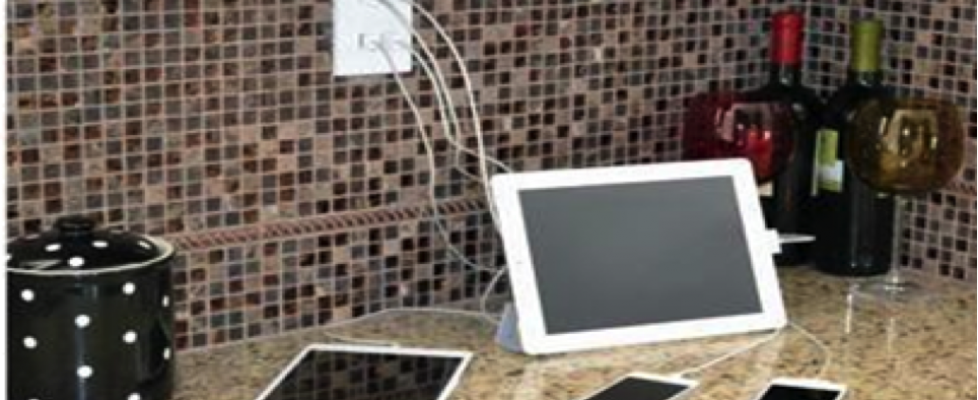With the growing number of gadgets that find their way into our homes (Pads, Tablets, iPhones, fitness trackers, smart watches, and Nexuses), maybe it’s time to give your home’s wall outlets a reboot with some USB functionality.
A USB (Universal Serial Bus) port is a standard cable connection interface for personal computers, phones, and consumer electronics devices. USB is an industry standard for short-distance digital data communications, connecting USB devices with each other with and transferring digital data. They can also supply electric power across the cable to devices that need it.
For computer-to-computer file transfers without a network, USB drives are sometimes used to copy files between devices. USB ports are an alternative to the serial and parallel ports used on older PCs, supporting faster data transfers (often 100 times or greater) than serial or parallel. The USB sockets are powerful enough to charge an iPad, or any other device.
Many types of consumer electronics support USB interfaces. These types of equipment are most commonly used for computer networking: USB network adapters, USB broadband and cellular modems, and USB printers for home networks. A wall USB port can charge almost any phone or tablet at full speed, without making you give up plug receptacles. They are inconspicuous as well, and won’t look out of place in any room.
Most mobile devices have 5-volt chargers, but they will still charge your device at different speeds depending on the amps. Smartphones usually come with 1-amp chargers. Tablets and larger phones usually come with 2-amp chargers. (This is why tablet chargers are also known as 10-watt chargers, as amps x volts = watts. So, effectively, 1-amp chargers are 5W chargers and 2-amp chargers are 10W chargers). If you’re charging directly from the USB port on your computer, the amperage may be as low as 0.5 amps.
Assuming the same voltage, the difference between a 0.5-amp, a 1-amp, and a 2-amp charger is like the difference between a one-lane, a two-lane, and a four-lane highway: At each step, twice as much charge is being delivered in the same amount of time.
The amperage of the charger that comes in the box with a device largely depends on the capacity of its battery. Because a lower-capacity battery will recharge more quickly, most phones come with a 1-amp charger in the box. But any device that ends with “-ablet” has a higher-capacity battery, so big smartphones, iPads and other tablets will come with a 2-amp charger to speed up the charge. Plugging devices into a wall charger should make everything charge faster and more efficiently.
You may plug cables into a USB port at any time regardless of whether the devices involved are powered on or off. Follow instructions provided with your equipment before unplugging USB cables. If using a USB hub, plug a separate cable into each device and connect them to the hub individually.
Some devices feature more than one USB port, but do not plug both ends of a cable into the same device, as this can cause electrical damage!
The technicians at Radco Electric have experience finding the best place for USB-friendly outlets, and installing them in new and older houses. We can help you determine how many outlets you need and the best places for them.

